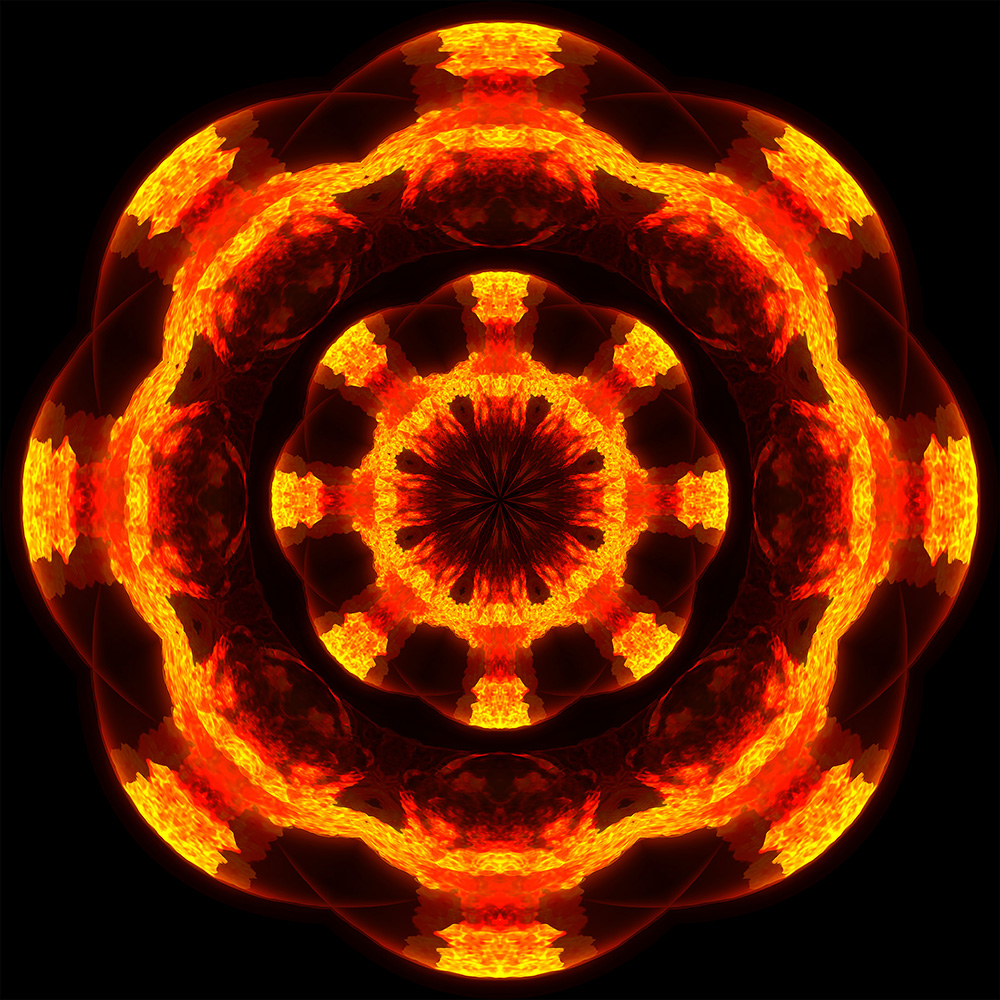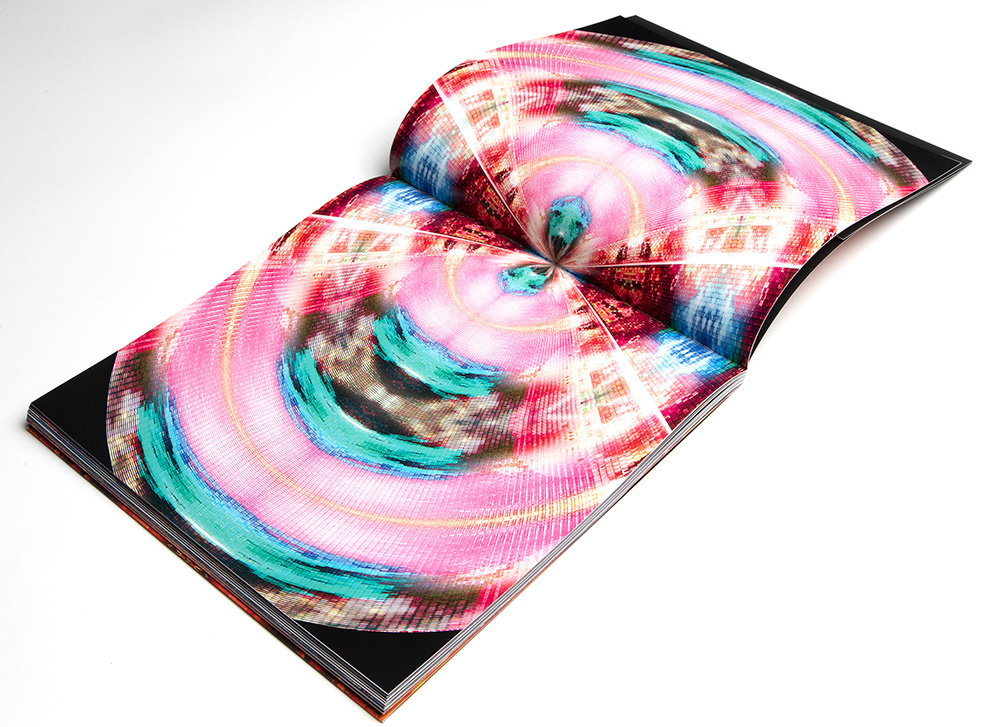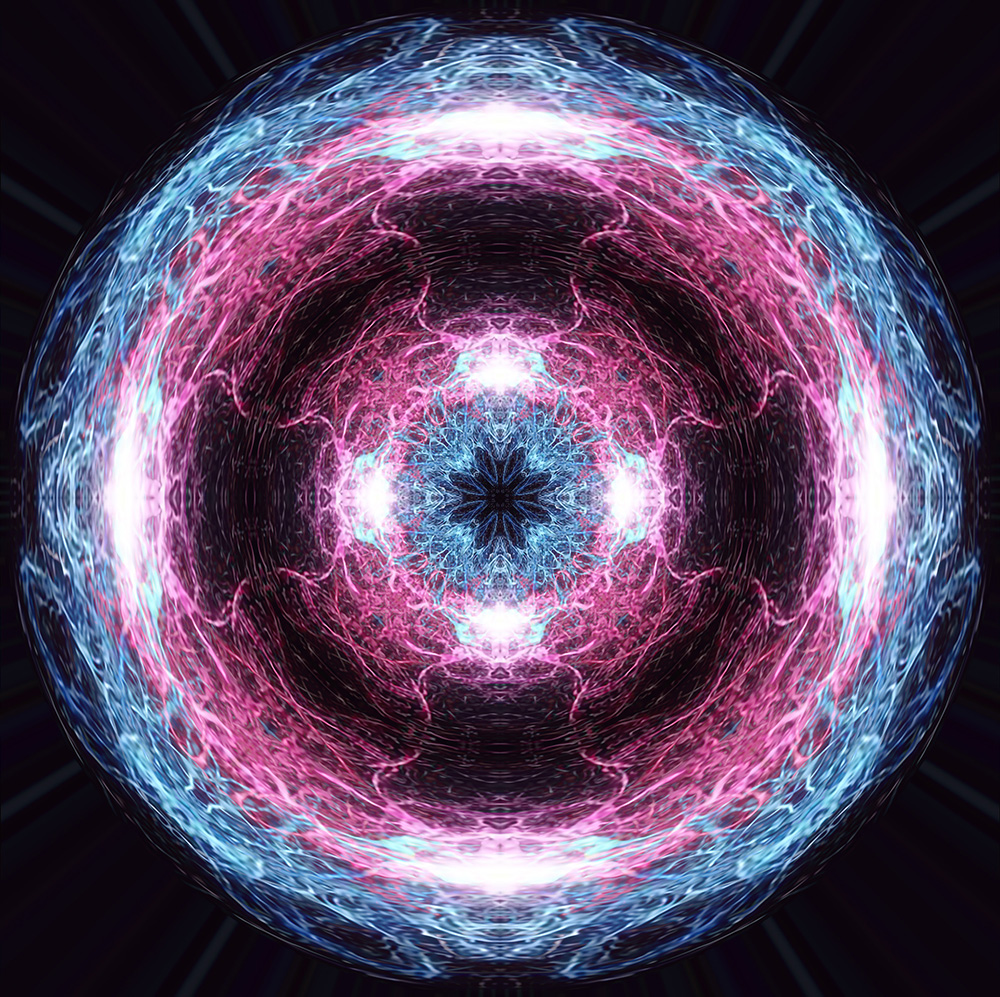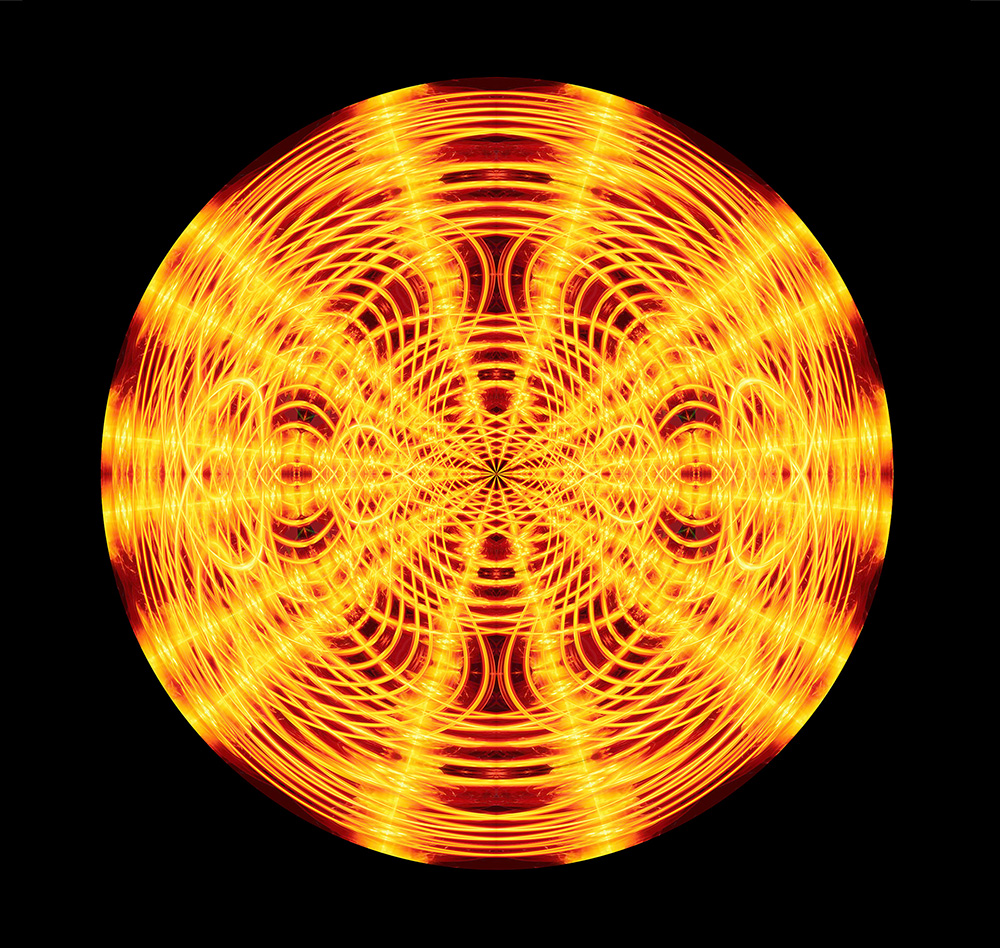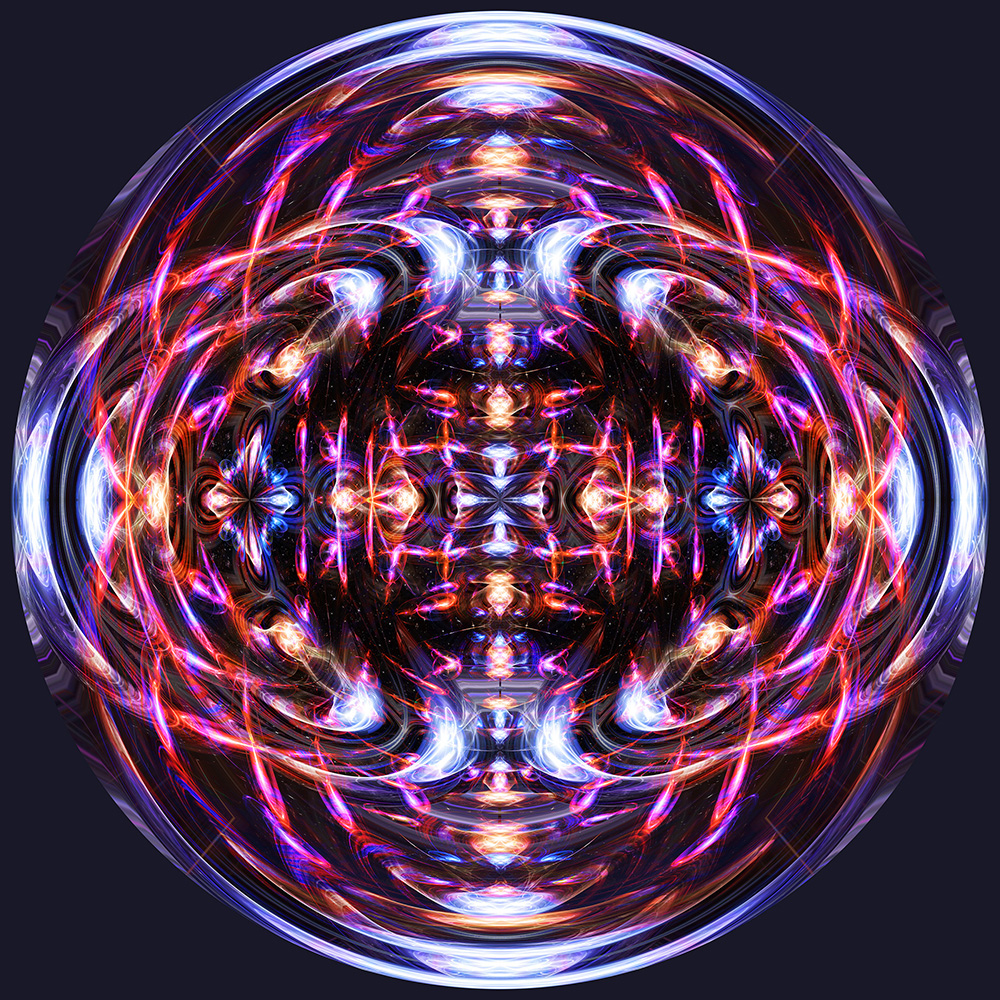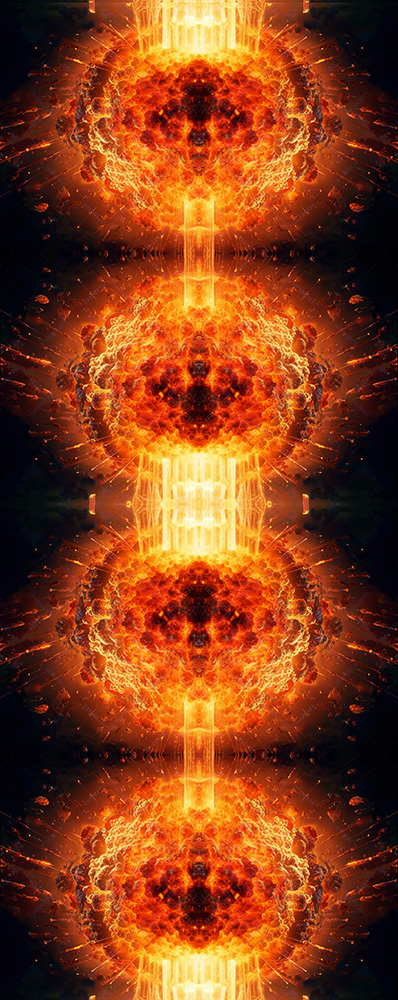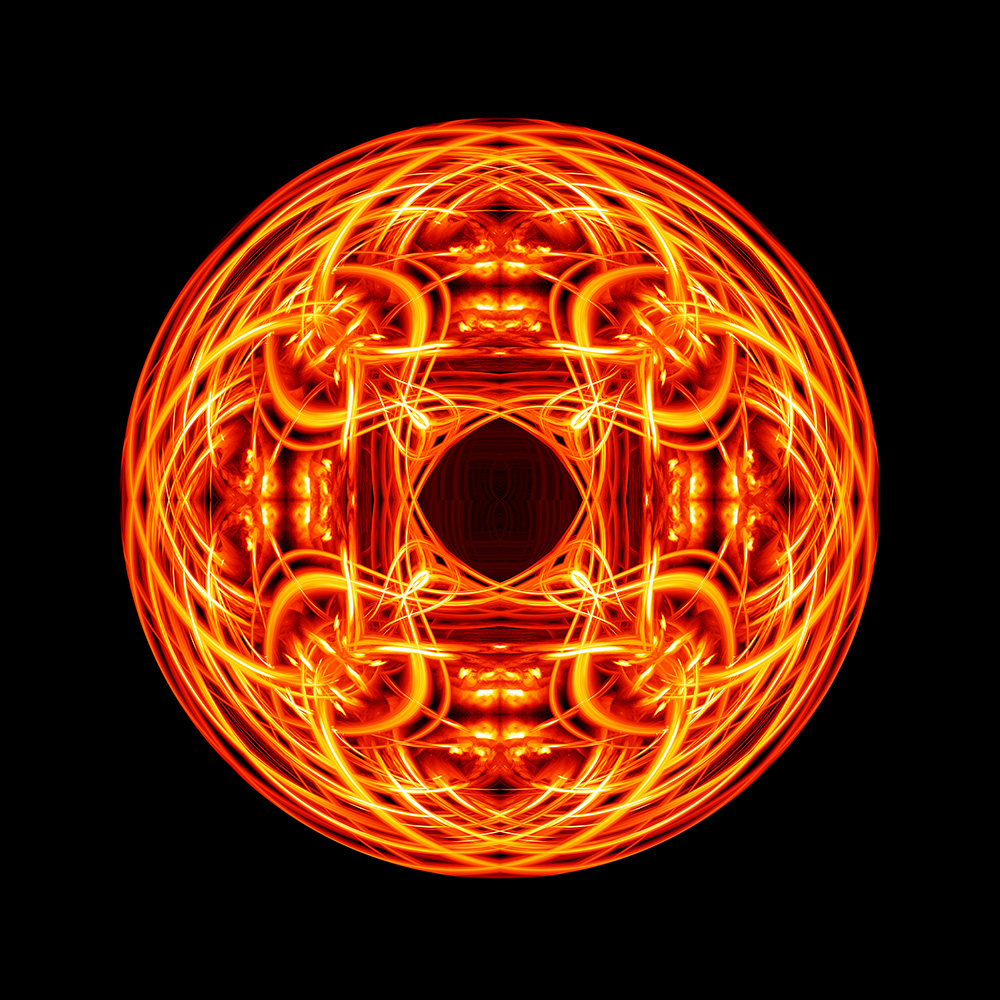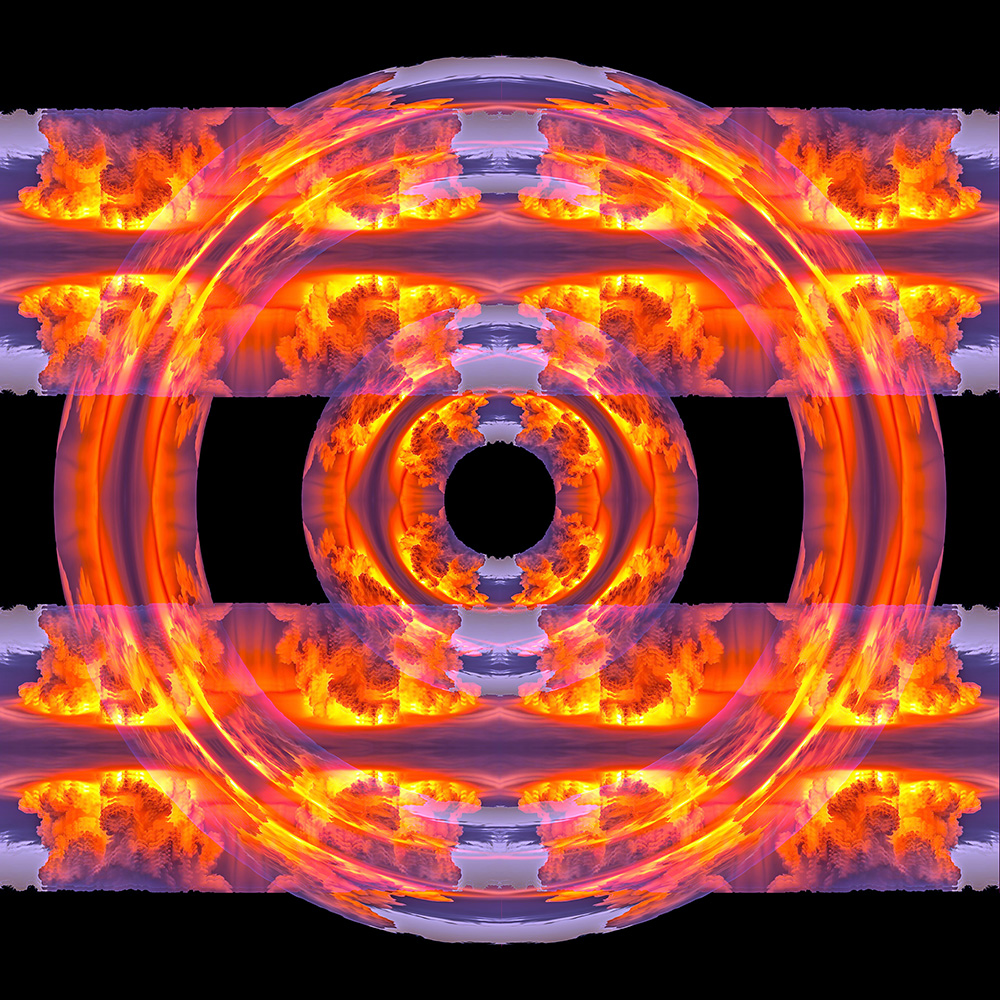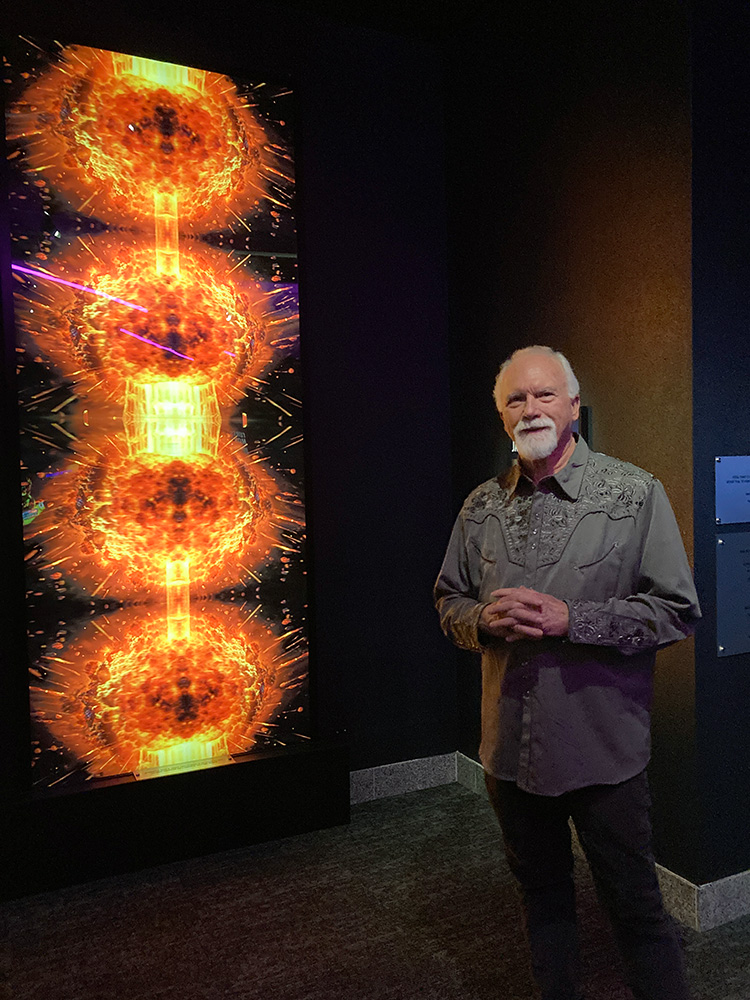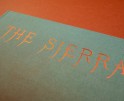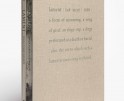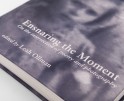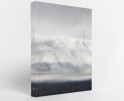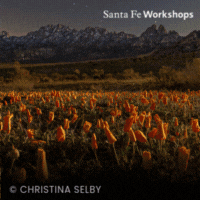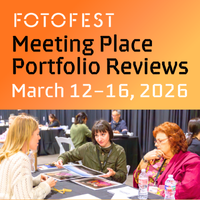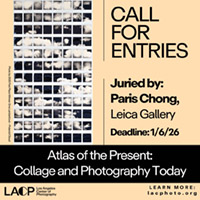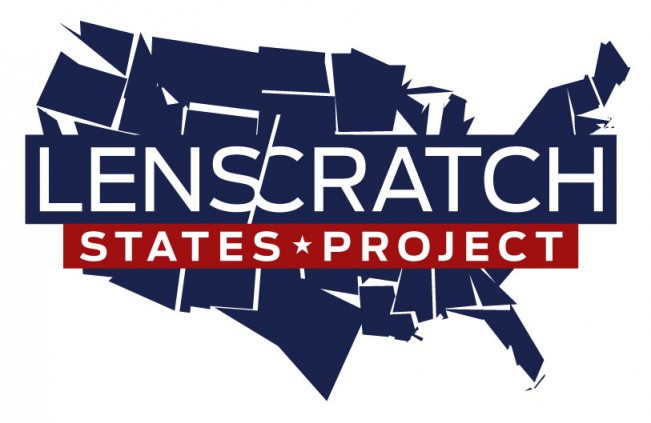James Stanford: The Atomic Kid
James Stanford is an artist and educator based in Las Vegas Nevada. In his publication The Atomic Kid (Small Works Press, 2024), he shares a deep-rooted photographic journey of the nuclear landscape based on his personal experience.
As a child, Stanford felt the frequent explosions of the Nevada Test Site’s above ground nuclear testing that took place only 60 miles north of his home. As an adult, he worked at the Atomic Energy Commission as a technical illustrator, spending hours drawing graphic overviews of nuclear testing. His entire life has been surrounded by nuclear activity.
What initially stood out to me in Stanford’s The Atomic Kid photographs was its playful energy, as seen in the multi-colored, high-energy mandala-like forms. Each digitally manipulated photograph was originally derived from a variety of sources. Some were from his own photos (such as his atomic blasts collection), found images (such as free images from NASA), and some a combination of both. Unique source material came from scientific kits, models of molecules that he snapped together like tinker toys. He then lit and photographed these series of tabletop assemblages. He also photographed some pixelated images of his security monitors, ones that had the appearance of molecular clouds.
Yet, beyond aesthetics, there is a sense of looming danger. The juxtaposition of beauty versus the horror of nuclear explosions mimics the positive and negative sides of the nuclear energy debate.
The Atomic Kid is named after a black and white movie starring Mickey Rooney, a slapstick comedy about the adventures of a radioactive man after exposure to a nuclear test detonation. I asked Stanford why he chose the title The Atomic Kid. His response: “The name came to me in a flash. It was in a way inspired by the 1954 movie of the same name. But at one point it dawned on me that I had witnessed the entire atomic age from my perch in Las Vegas. I worked for a sub-contractor of the AEC. I was commissioned to do a series of images for the Atomic Museum. It was then I realized that I must be the real Atomic Kid, not Mickey Rooney.”
The Atomic Kid is edited by Jane Boyer and Gemma Marmalade with an introduction by Jane Boyer, and essays by Rosa JH Berland, Gemma Marmalade, and Jean Wainwright.
“The Atomic Kid” project has been developed in conjunction with the commissioning of four lenticular lightboxes of my artworks for the permanent exhibition, Atomic Odyssey, at the Atomic Museum in Las Vegas, which is an affiliate of the Smithsonian Institution in Washington DC. With prior experience working in the atomic industry in the 70s as a technical illustrator for Edgerton, Germeshausen & Grier, I was asked to create four artworks on the nuclear story of Las Vegas, nicknamed ‘The Atomic City,’ and I used archive imagery of test explosions to create the work. This project comes on the heels of the Oppenheimer film success, and I had the pleasure of meeting Oppenheimer’s adult grandchildren in the early stage of the development of this project.
I created a series of artworks from which 21 were chosen for publication in The Atomic Kid, including the four artworks made for the exhibition. Contributing authors to The Atomic Kid were UK art critic, Jean Wainwright, American art historian, Rosa JH Berland, among others, and includes a foreword by Rob McCoy, CEO of Atomic Museum. Dr Jane Boyer and Dr Gemma Marmalade, who are my art representatives, were the co-editors for The Atomic Kid.
The artworks in the exhibition were made in collaboration with lenticular industry leaders, HIVE Associates of London. A lenticular print is a two-dimensional image that changes as the viewer moves their position in relation to image. In other words, it is a static image that moves with the viewer. Developed from early holographic imagery, lenticular images have more depth and a broader range of realistic colours. Lenticular imagery is a popular format for advertising, but I’m one of the first artists to work with the process for fine art production. I use lenticular imagery as an intriguing extension of the digital manipulations I create of my photographic images, giving them added depth and expanding their visual impact.
As a native Las Vegan, James Stanford’s fifty-year career as an artist is as glittering as the neon lights of his hometown. His work and influence have been seminal in developing the visual arts in Las Vegas. He is the founder of Smallworks Gallery and Press and has been integral to the establishment of the Arts District in Las Vegas. As a former Las Vegas Arts Commissioner, his work was cited by Art in America as one of the top 20 projects of its era. Jim has a long-term leadership commitment to the Contemporary Art Center in Las Vegas, a non-profit organisation dedicated to supporting emerging artists and their work. In 2023, he was inducted into the University of Nevada Las Vegas Hall of Fame for his contribution to the visual arts. Following this recognition, he was presented with the VIVA Award for outstanding achievements in the visual and performing arts of Las Vegas by the Forgotten Song Foundation. In addition, Las Vegas’ Mayor Goodman has officially proclaimed the 13th of October as James ‘Jim’ Stanford Day!
Jim’s professional career as an artist began when he was hired by test site contractor, Edgerton, Germeshausen and Grier Inc. (EG&G), who worked with the Atomic Energy Commission. Jim was hired as a technical illustrator, creating graphic overviews of nuclear testing for presidential and congressional approval. Through this job and his appointment to the Nuclear Emergency Support Team (NEST), Jim learned much about nuclear power.
Jim received his BFA in painting from University of Nevada Las Vegas in 1971, and his MFA in painting from University of Washington, Seattle in 1973. In July 2024, Jim was awarded an Honorary Doctorate from the University of Derby in the UK. His practice crosses the boundaries of photography, digital illustration, painting, and drawing. Jim’s work is exhibited internationally and is currently in development for a major project in the UK for 2025. Shimmering Zen, a Smallworks Press publication designed by Philip Lewis, was awarded the Crystal Bookmark Award by the Las Vegas Book festival in 2019. Jim lives and works in Las Vegas.
Instagram: @james_stanford_art
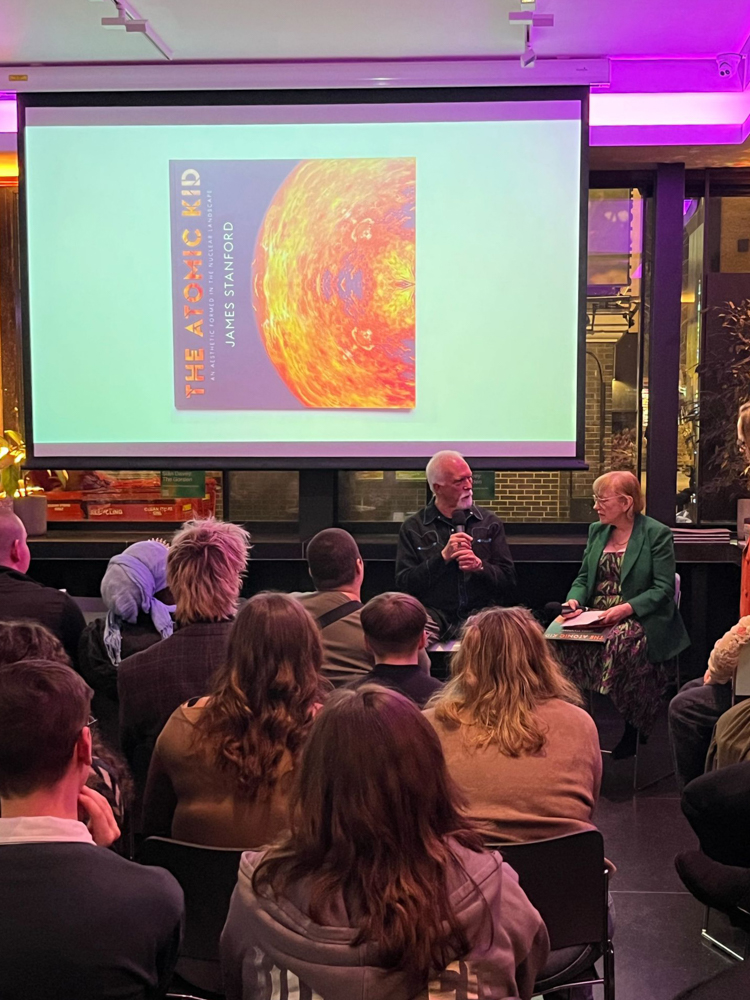
James Stanford and Jean Wainwright in conversation at The Photographers’ Gallery, London for the UK launch of The Atomic Kid. Photo credit: Zully Mejia [cloud].
Linda Alterwitz is a Nevada based interdisciplinary artist utilizing photography, collage, and interactive methods. Her investigations consider the relationship between the unseen rhythms of the human body and our connection to a natural world in flux.
She has exhibited widely in traditional exhibition and site-specific installations at institutions including FORMAT25 Photo Festival, Derby, UK, PST ART: Art & Science Collide Getty Initiative, Lancaster, CA; New Mexico Museum of Art, Santa Fe, NM; Yixian Photography Festival, Yixian, China; Krakow Photomonth Festival, Krakow, Poland; and Ringcube Gallery, Tokyo, Japan among others.
Alterwitz’s work is held in permanent collections including Center for Creative Photography, Tucson, AZ; Getty Research Institute; Hilliard Museum of Art; Nelson Atkins Special Collections Library; Mayo Clinic, Jacksonville, FL; Nevada Museum of Art, Center for Art & Environment archives; Santa Barbara Museum of Art Fearing Library; Rochester Institute of Technology, Wallace Library; Barrick Museum, UNLV; and The Lilley Museum of Art, UNR.
Posts on Lenscratch may not be reproduced without the permission of the Lenscratch staff and the photographer.
Recommended
-
Aaron Rothman: The SierraDecember 18th, 2025
-
Linda Foard Roberts: LamentNovember 25th, 2025
-
Leah Ollman: Ensnaring the MomentNovember 2nd, 2025
-
Tristan Duke: Glacial OpticsAugust 1st, 2025
-
Richard Misrach: CargoJune 8th, 2025


